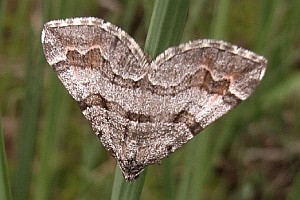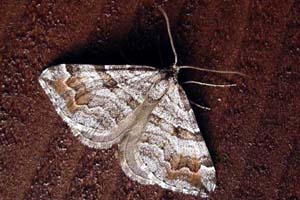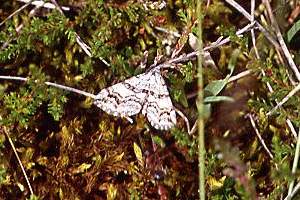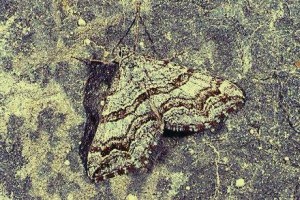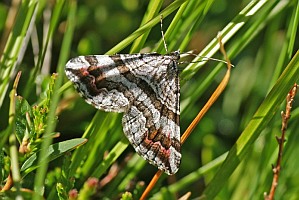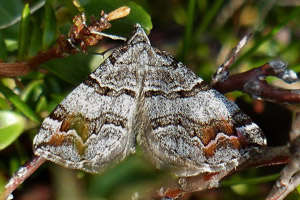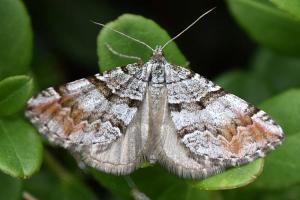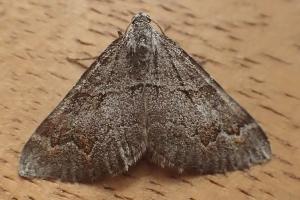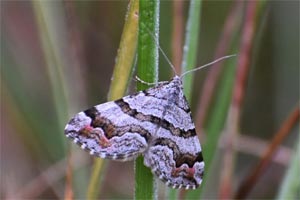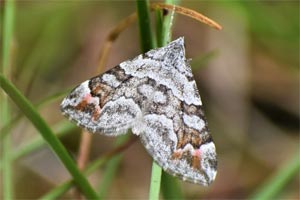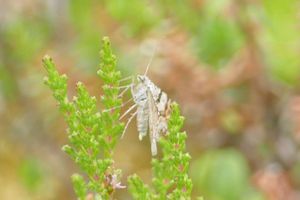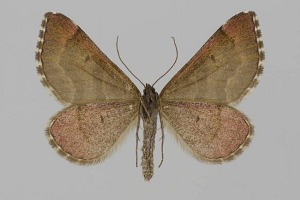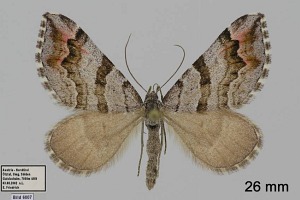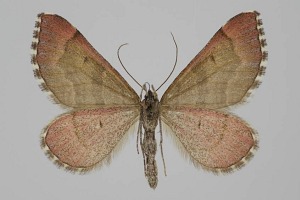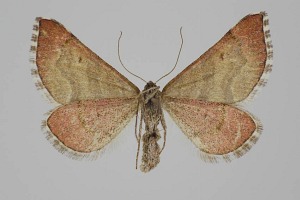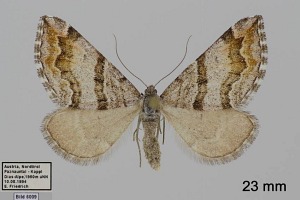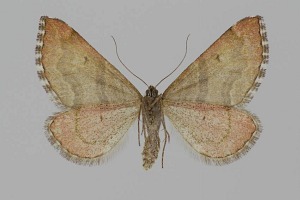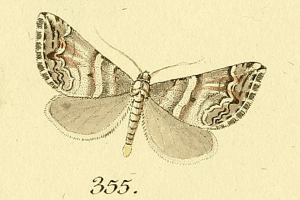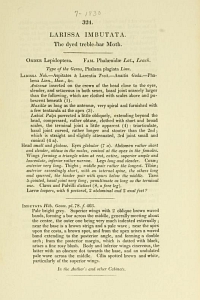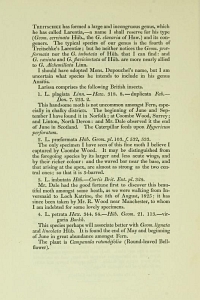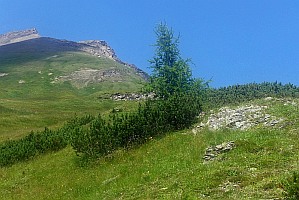Länder:

 +19Kontinente:EUAS
+19Kontinente:EUAS


 +19Kontinente:EUAS
+19Kontinente:EUASNeues Layout der Navigation (Beta Test)
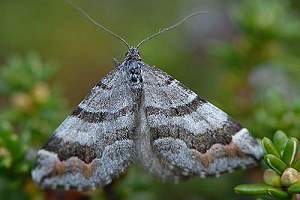
Falter
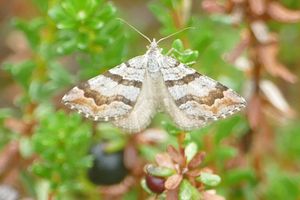
Eiablage
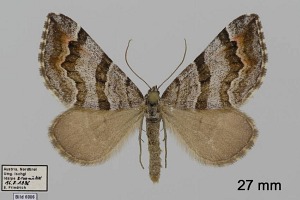
Männchen
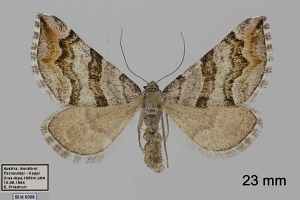
Weibchen
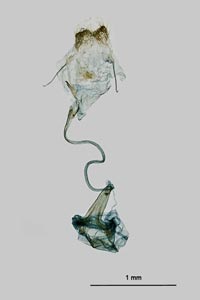
Genitalien ♀

Erstbeschreibung

Beschreibung von John Curtis als Larissa imbutata
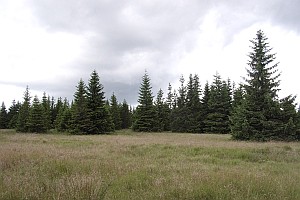
Habitat
LebendfotosDiagnoseGenitalienBiologieWeitere InformationenEtymologie (Namenserklärung)Andere KombinationenSynonymeUnterartenLiteratur
1. Lebendfotos
1.1. Falter
1: Schweiz, Graubünden, Berninapass, Bernina-Suot, ca. 2000 m, 16. September 2006 (Freilandfoto: Ernst Gubler), det. Thomas FähnrichForum
2-3: Deutschland, Sachsen, Erzgebirge, bei Satzung, ca. 850 m, 8. Juli 2012 (det. & Freilandfotos am 8. und 10. Juli 2012: Rainer Klemm)Forum
4: Deutschland, Sachsen, Grumbach im Erzgebirge, ca. 780 m, 29. Juli 2008, Lichtfang (det. & Foto: Rainer Klemm), conf. Frank Hünefeld & Sven WießnerForum
5: ♂, Österreich, Tirol, Ötztal, Obergurgl, ca. 2000 m, 9. August 2005 (Foto: Udo Klein), det. Udo Klein
6-7: ♀, Deutschland, Bayern, Allgäu, Weitnauer Tal bei Kempten, kleines Moor, 28. Juni 2003 (det., Fotos und Diascans: Hans-Joachim Weigt, Bild 7 redaktionell bearbeitet)Forum
8: ♀, Österreich, Kärnten, Hohe Tauern, Hochalpenstraße, 2000 m, 4. August 2015, Tagfund (det. & Foto: Helmut Deutsch)Forum
9: Schweden, Härjedalen, Skarvruet bei Fünäsdalen, Birkenmischwald mit Sumpf und Blumenwiesen, 900 m, 10. Juli 2018, Tagfund (Freilandfoto: Irene Freese), det. Egbert FriedrichForum
10: Schweiz, Graubünden, Oberengadin, Pontresina, Val Roseg, 1910 m, Tagfund, 12. August 2018 (det. & Freilandfoto: Ernst Gubler), conf. Ursula BeutlerForum
11: abgeflogen, Russland, Sankt Petersburg, 3. August 2016 (Foto: Andy Adcock), det. Hermann FalkenhahnForum
12: Deutschland, Mecklenburg-Vorpommern, Grambow, Grambower Moor, 40 m, 9. Juli 2020, Tagfund (Freilandfoto: Karin von der Ehe)Forum
13: Deutschland, Mecklenburg-Vorpommern, Grambow, Grambower Moor, 40 m, 3. Juli 2021, Tagfund (Freilandfoto: Karin von der Ehe)Forum
1.2. Eiablage
1-2: Norwegen (außer Spitzbergen und Jan Mayen), Nordland, Laukvik, Waldheide mit Moosbeeren, 3 m, 28. Juli 2025, Tagfund (Freilandfoto: Thomas Jungbluth)Forum
2. Diagnose
2.1. Männchen
2.2. Weibchen
2.3. Genitalien
2.3.1. Weibchen
1: ♀, Russland, Sverdlovsk Region, Karpinsk District, 1160 m, 13 km N of Kytlym village, 59°37’18.78“N 59°11’27.96“ E, 24.-26. Juli 2020 (det. & Studiofoto: Harald Lahm), leg. S.A. Knyazev, Falterfotos im Forum, Referenz Hausmann & Viidalepp (2012)Forum
2.4. Erstbeschreibung
1-2: Hübner ([1813]: pl. 68 fig. 355) [nach Copyright-freiem Scan auf www.biodiversitylibrary.org]
2.5. Beschreibung von John Curtis als Larissa imbutata
1-3: Curtis (1823-1840) [nach Copyright-freien Scans auf www.biodiversitylibrary.org]
3. Biologie
3.1. Habitat
1: Hochmoor mit Moosbeeren, Deutschland, Sachsen, Erzgebirge, bei Satzung, ca. 850 m, 10. Juli 2012 (Foto: Rainer Klemm)Forum
2: Österreich, Kärnten, Hohe Tauern, Hochalpenstraße, 2000 m, 4. August 2015 (Foto: Helmut Deutsch)Forum
3: Norwegen (außer Spitzbergen und Jan Mayen), Nordland, Laukvik, Waldheide mit Moosbeeren, 3 m, 28. Juli 2025 (Foto: Thomas Jungbluth)Forum
4. Weitere Informationen
4.1. Etymologie (Namenserklärung)
paludata: „flavus gelb, cornu Horn, nach den gelben Fühlern.“
4.2. Andere Kombinationen
- Geometra sororiata Hübner, 1813 [Originalkombination]
4.3. Synonyme
- Carsia paludata (Thunberg, 1788) (preocc.)
- Carsia imbutaria (Boisduval, 1840)
4.4. Unterarten
- Carsia sororiata imbutata (Hübner, 1813)
- Carsia sororiata alpinata Packard, 1873
- Carsia sororiata labradoriensis (Sommer, 1897)
- Carsia sororiata thaxteri Swett, 1917
- Carsia sororiata anglica Prout, 1937
- Carsia sororiata columbia oder Carsia sororiata columbiata McDunnough, 1939 [welche dieser beiden Schreibweisen korrekt ist, konnten wir noch nicht anhand der Originalbeschreibung ermitteln]
4.5. Literatur
- Curtis, J. (1823-1840): British Entomology; Being Illustrations and Descriptions of the Genera of Insects Found in Great Britain and Ireland: Containing Coloured Figures from Nature of the Most Rare and Beautiful Species, and in Many Instances of the Plants upon which they are Found. Vol. VI. Lepidoptera, Part II. — [Not paginated]. London (E. Ellis & Co.).
- Ebert & Steiner (2001) (= Ebert 8), 466-468.
- Hausmann, A. & J. Viidalepp (2012): The Geometrid Moths of Europe. Volume 3. - 743 S.; Vester Skerninge, Dänemark (Apollo Books).
- Erstbeschreibung: Hübner, J. [1790-1833]: Sammlung europäischer Schmetterlinge 5: pl. 1-113.


















